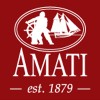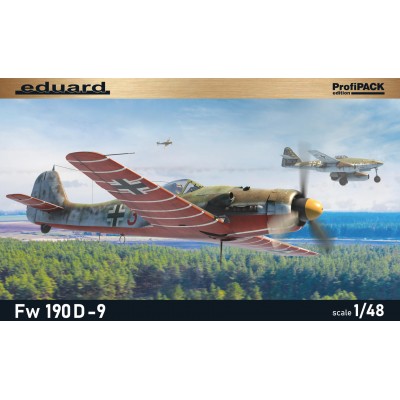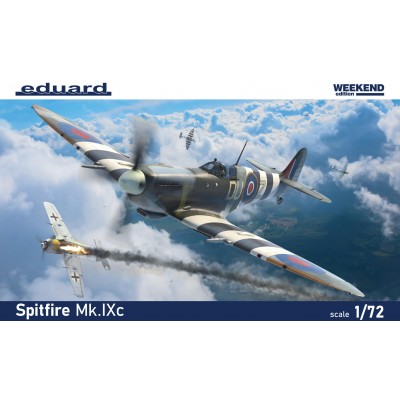List of products by brand Eduard
Eduard Model Accessories was founded in 1989 in the basement of co-founder Ctirad Kuraks in Czech republic. Over the preceding two years, Messrs. Kurak and Vladimir Sulc had been working with photo-etching, initially for themselves until they realised the potential for selling their products to both retailers and the general public. They produced their first mass produced photo-etching kit in 1990, the Su 25K in scale 1/48. They made numerous sets and kits that same year, and sales went so well they had to upgrade their premises and open a new production line in 1991.
Eduard Model Accessories was founded in 1989 in the basement of co-founder Ctirad Kuraks in Czech republic. Over the preceding two years, Messrs. Kurak and Vladimir Sulc had been working with photo-etching, initially for themselves until they realised the potential for selling their products to both retailers and the general public. They produced their first mass produced photo-etching kit in 1990, the Su 25K in scale 1/48. They made numerous sets and kits that same year, and sales went so well they had to upgrade their premises and open a new production line in 1991.
There was great demand for other scales as well, and 1/72 and 1/35 versions were produced over the following years, even for ships. In 1993 they marketed their first two models, a Sopwith Schneider and a Sopwith Baby, both in scale 1/72. Their plastic models sales once again required a move to a larger, even better equipped workshop. 1994 turned out to be a highly productive year with the first kit in scale 1/48, a Fokker E III, which in addition to great market success was also awarded a prize at Nuremburg. By the end of 1995 the company had 10 kits on the market and a myriad of photo-etched kits. They had even started working with Jules Bringuier from Classic Airframes to produce his models.
In 1996 they bought new premises in the city of Obrnice and started fitting out a new workshop. That same year they also developed a new model stamping process. This was the LTM process, and it led to significant improvements in their kits. Since then their ongoing research and sheer desire to improve their techniques led to the introduction of full metal dies that made it possible to produce tens of kits in a single mould, making them really rapid producers. The start of 1997 saw yet another move to larger premises, and purchases of new equipment.
Less English
English  Italiano
Italiano Français
Français Español
Español Deutsch
Deutsch





